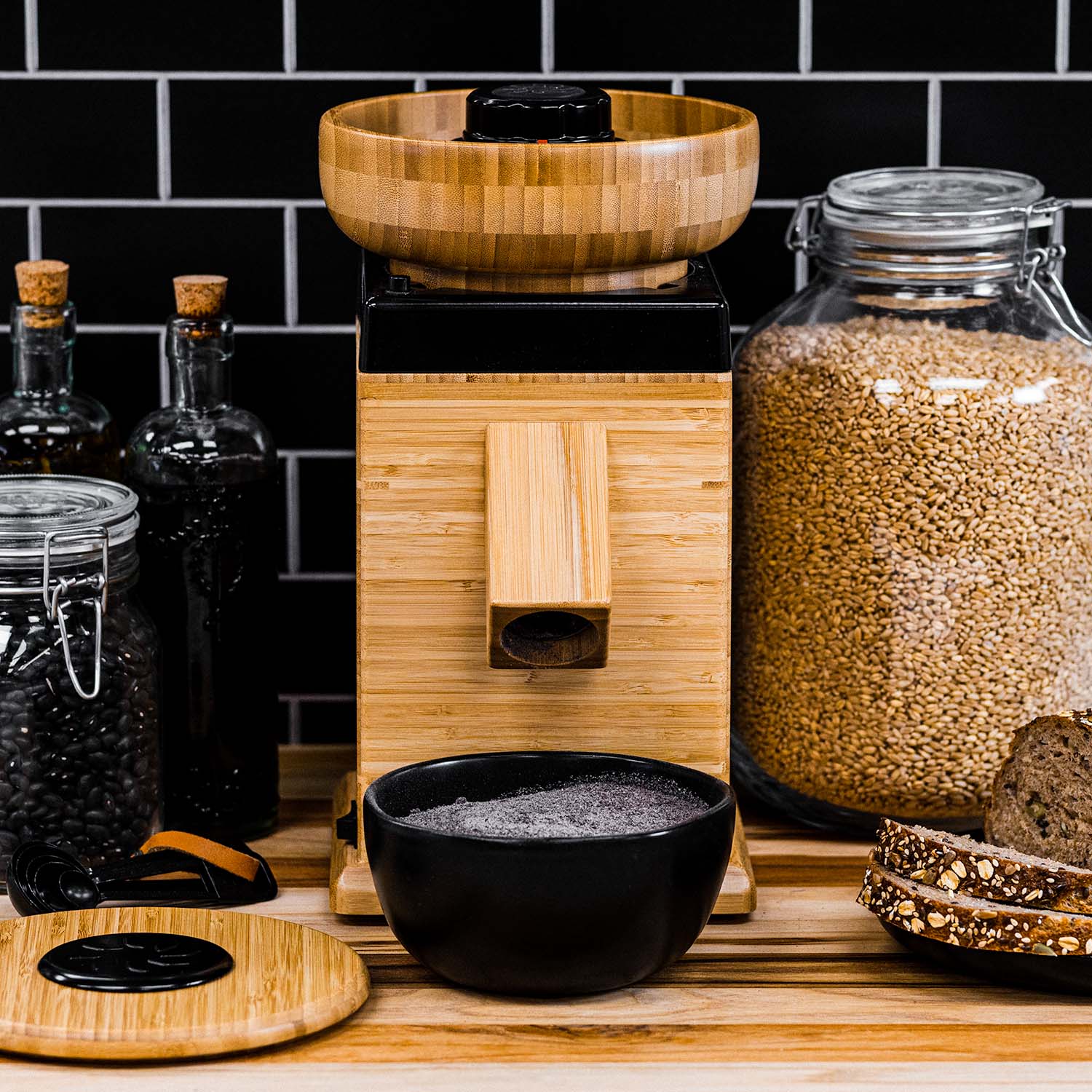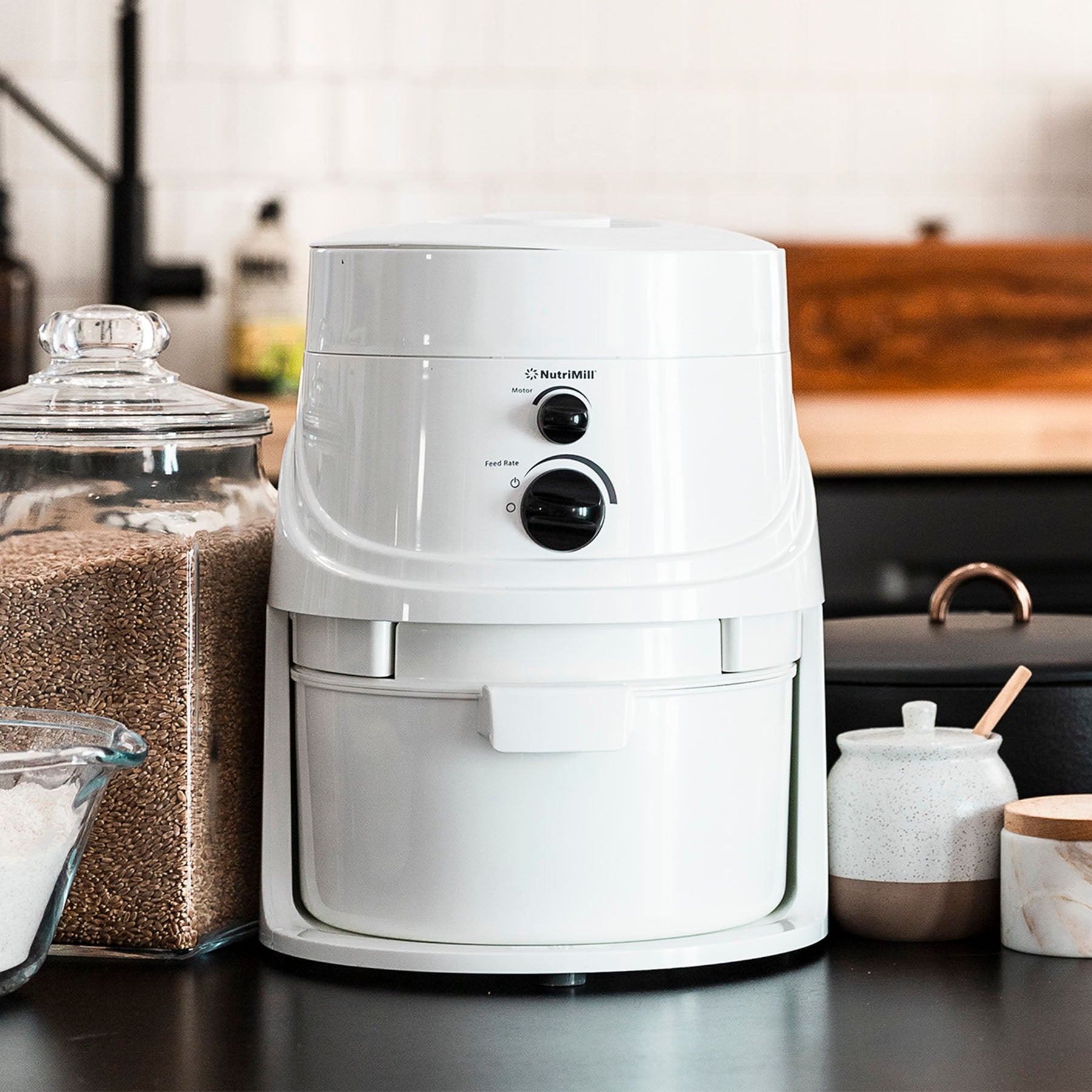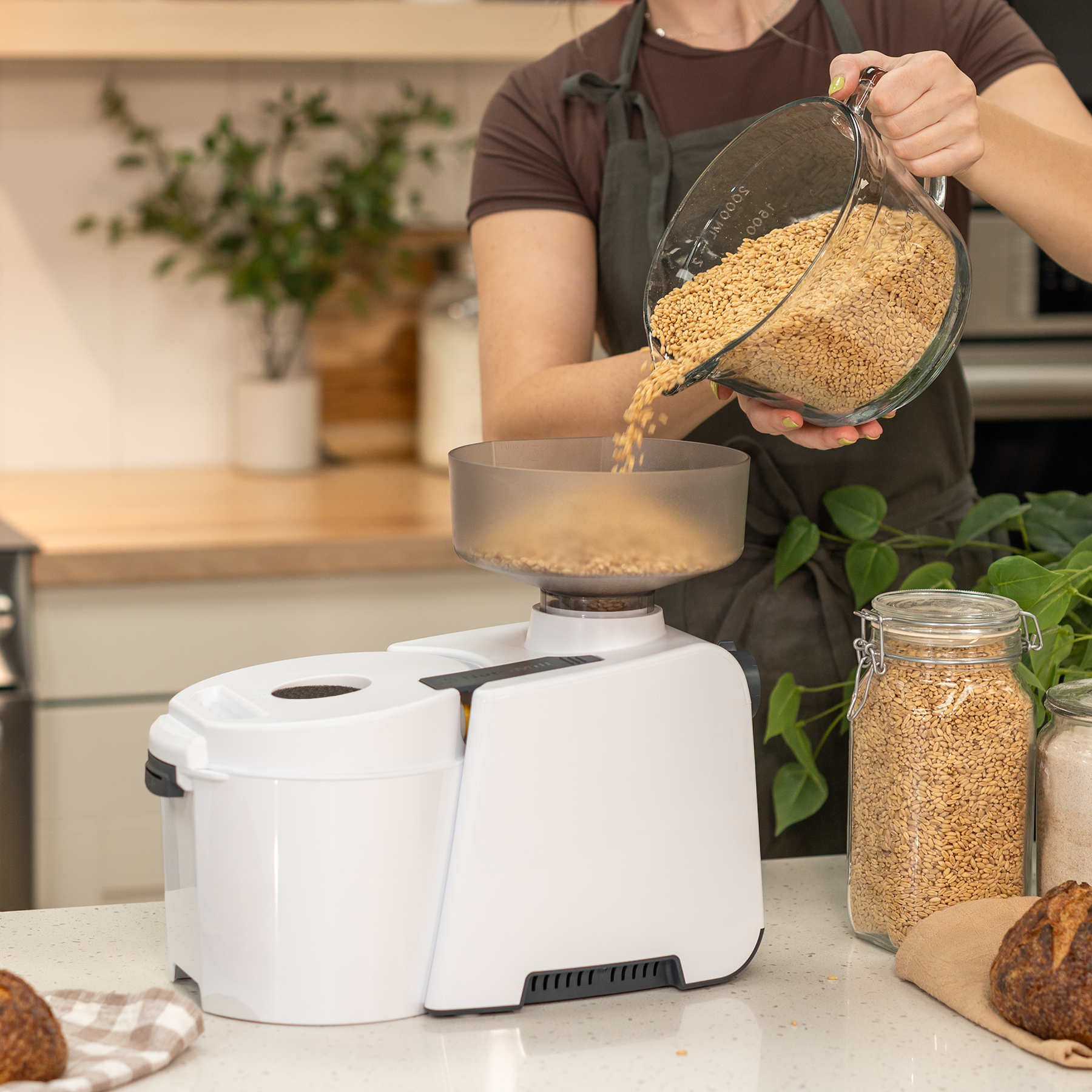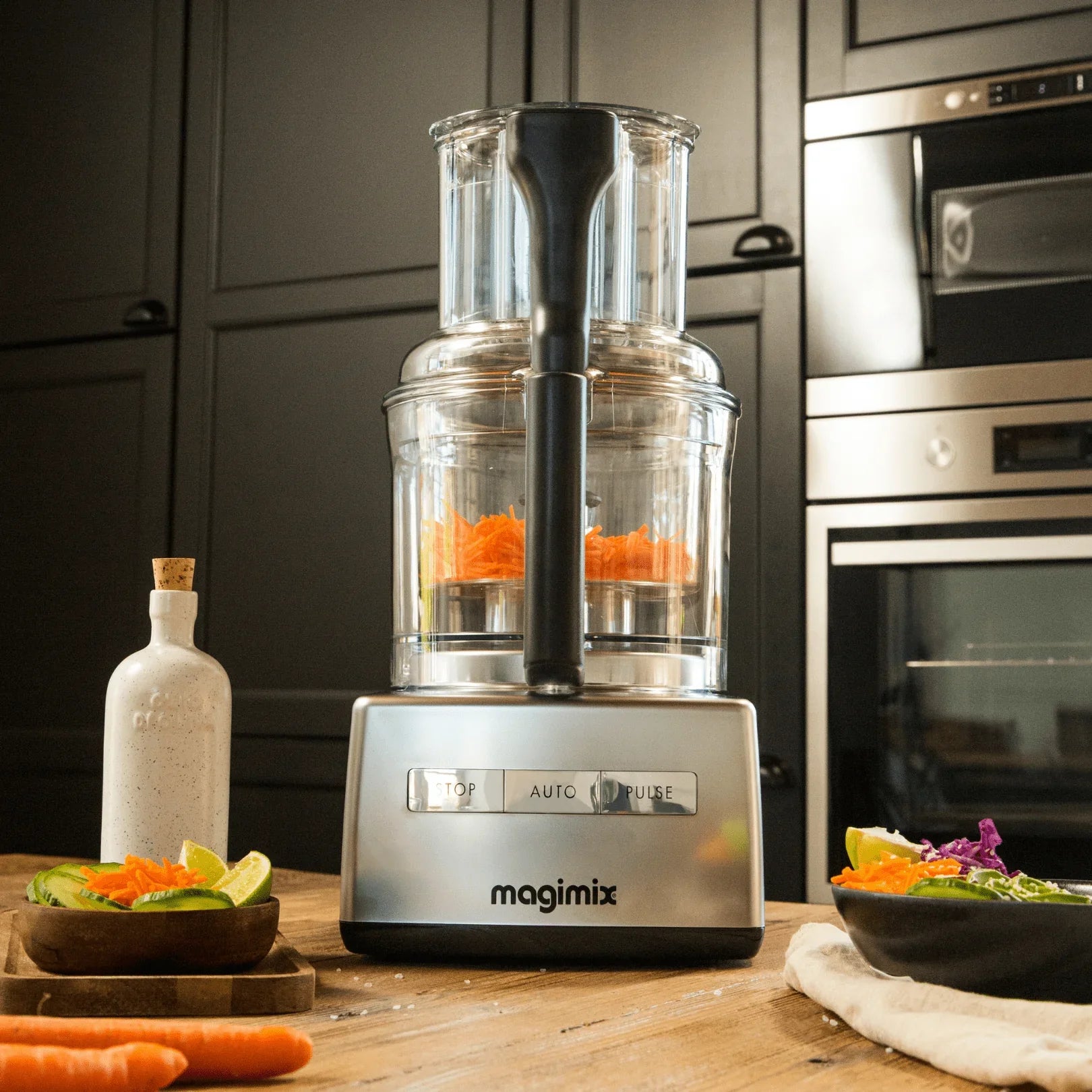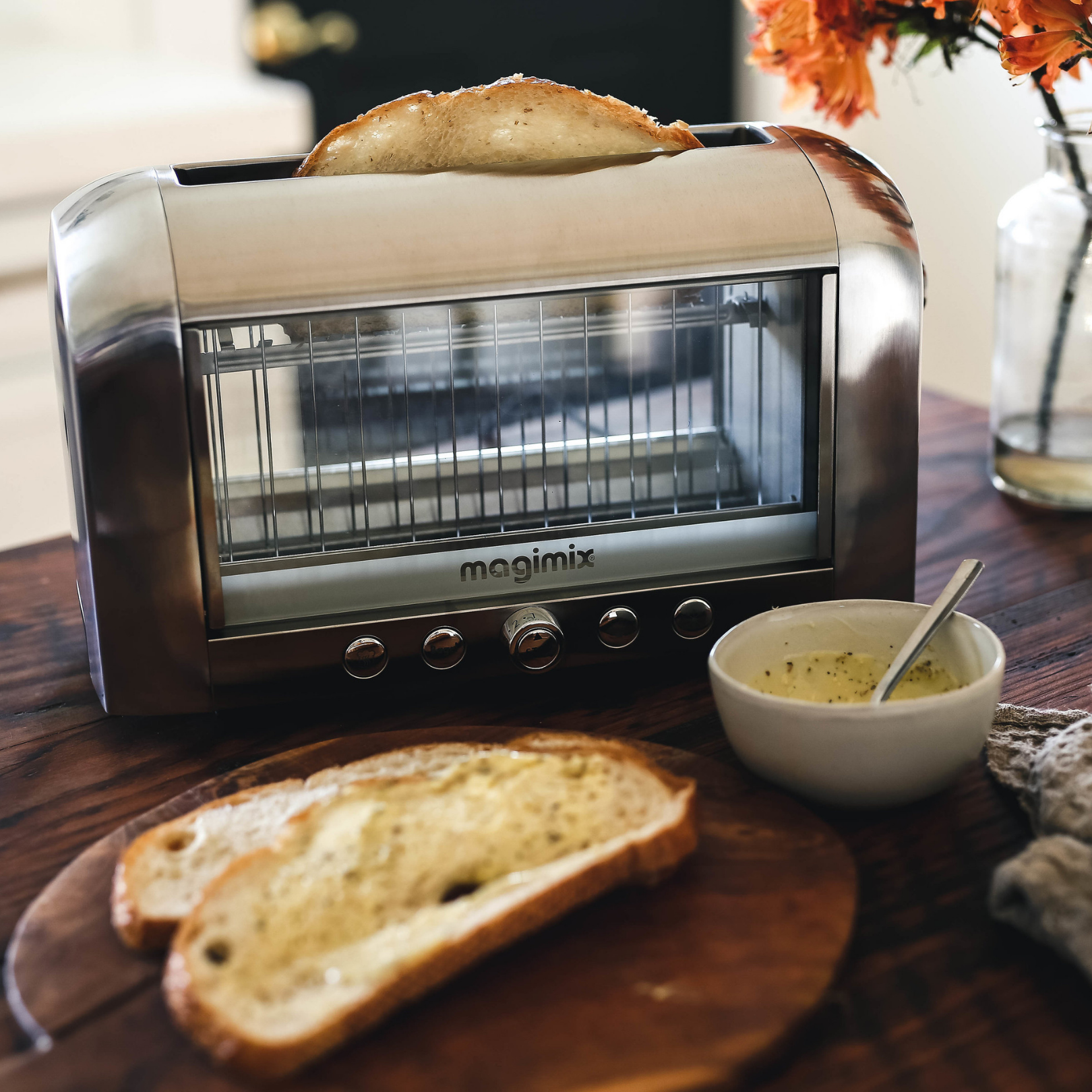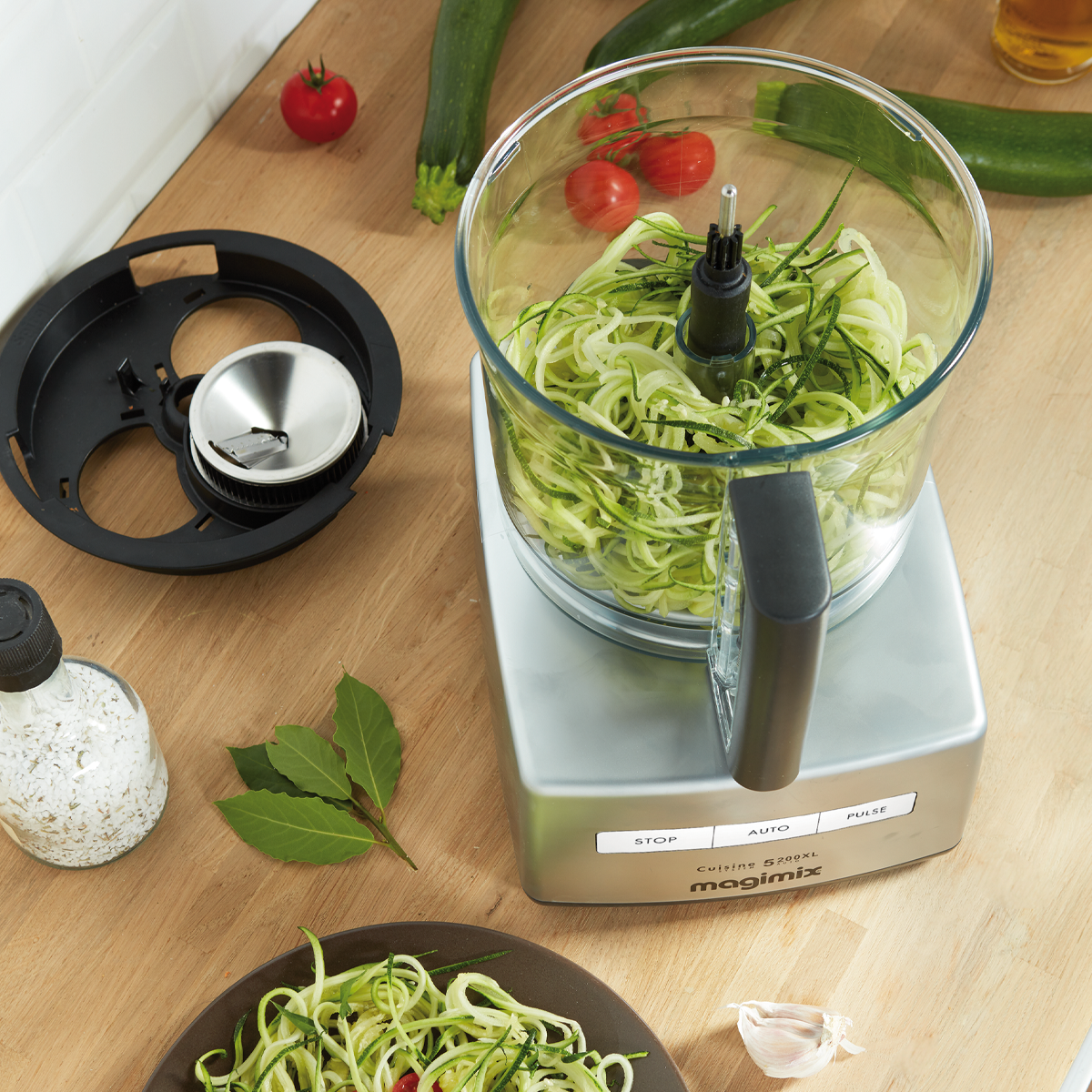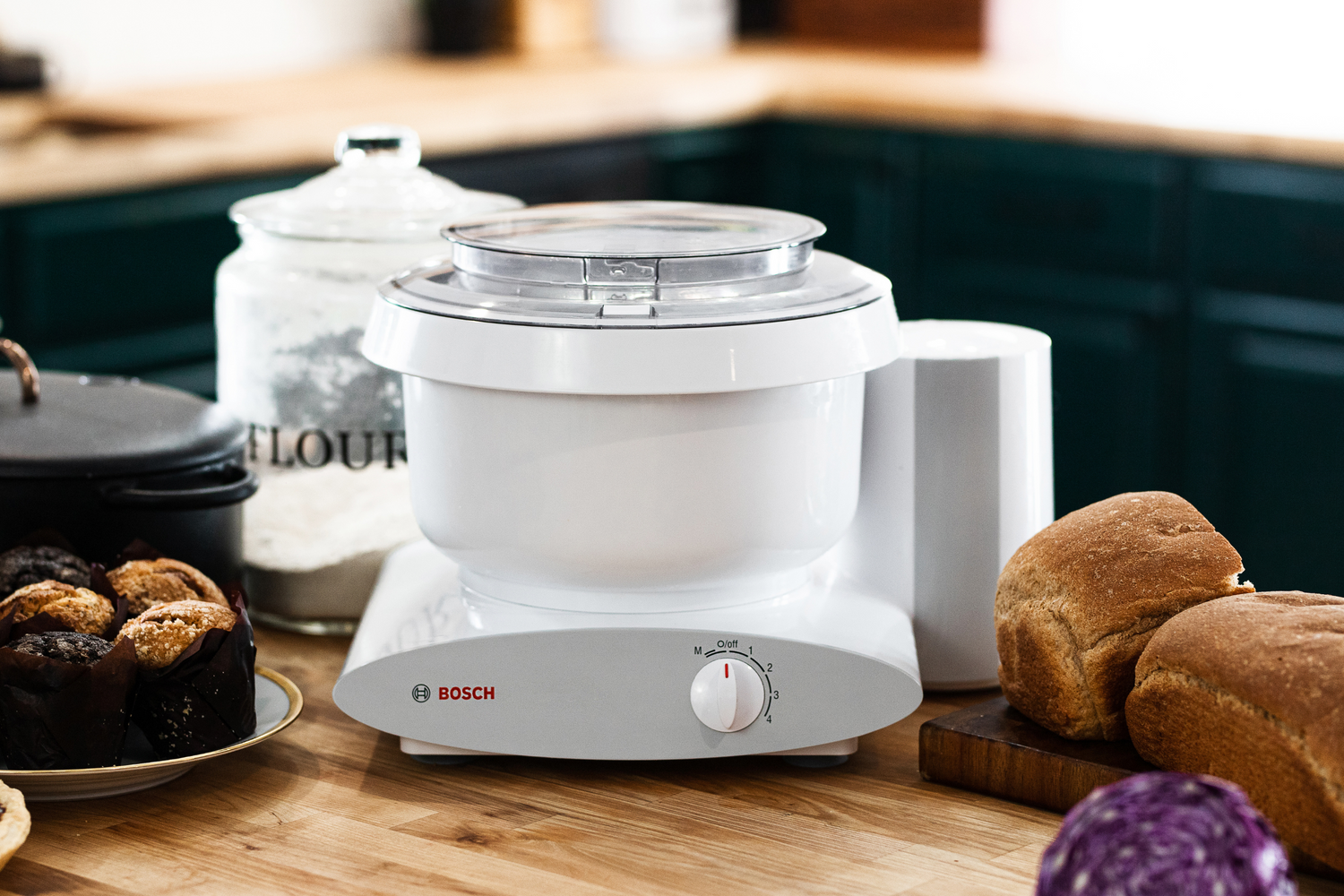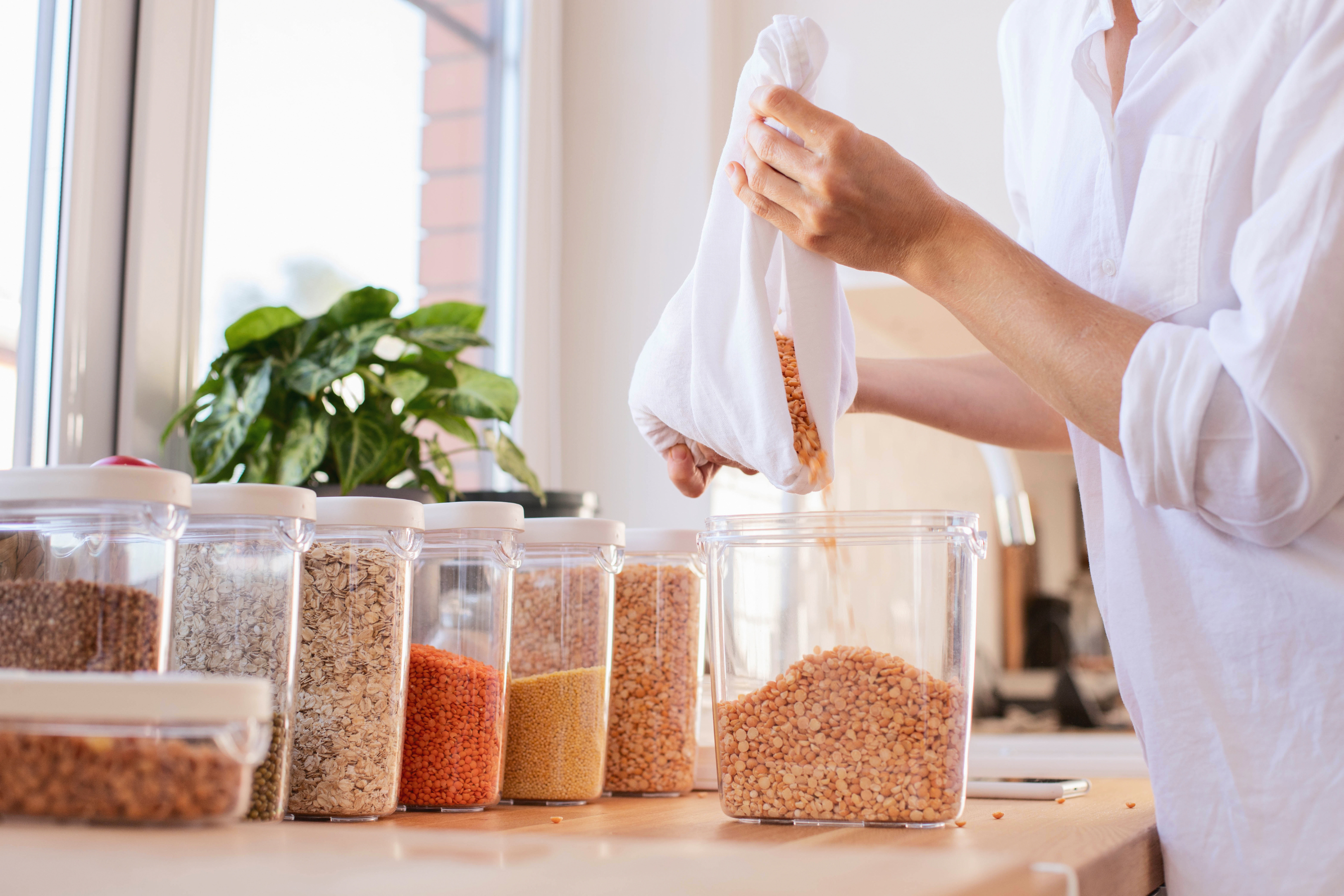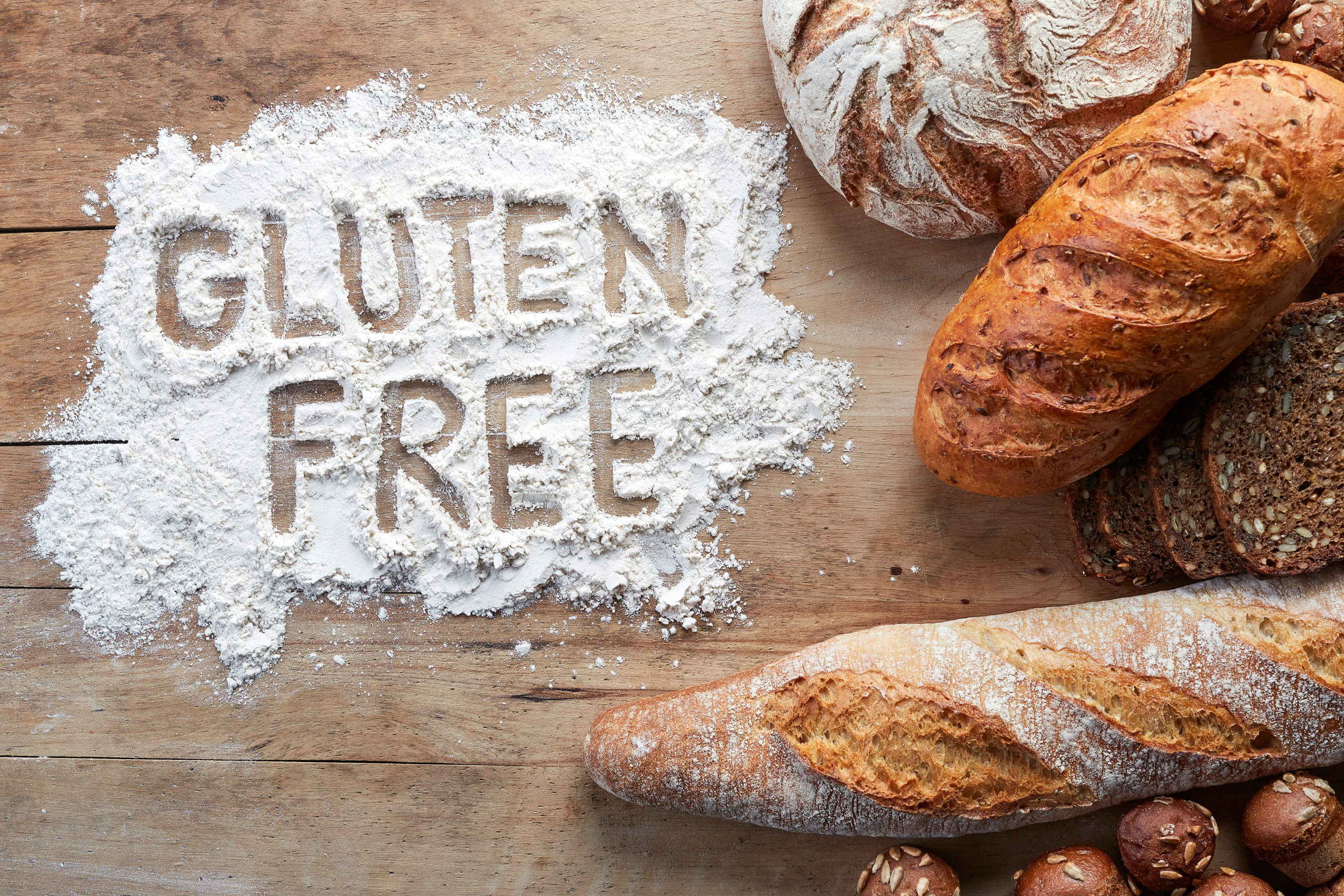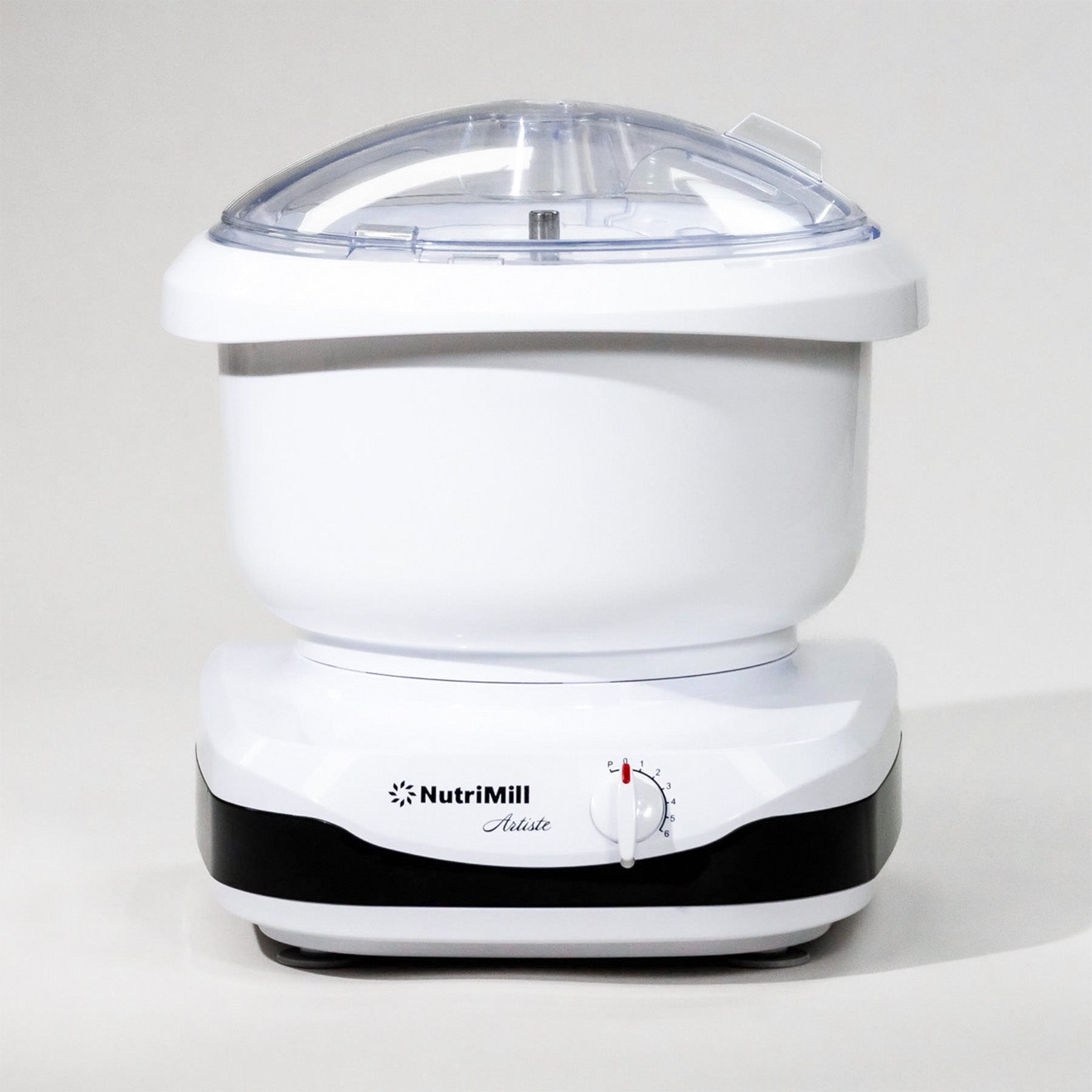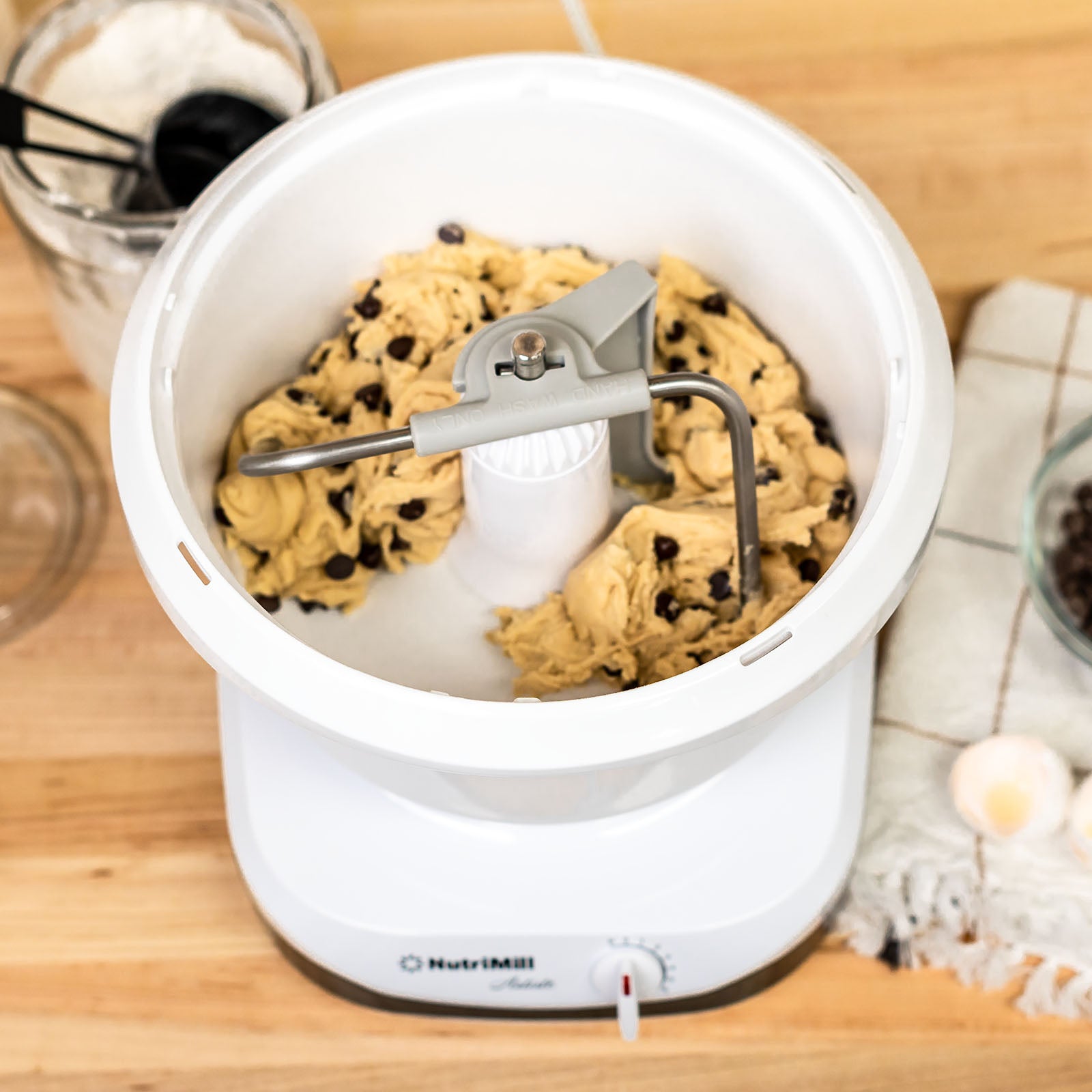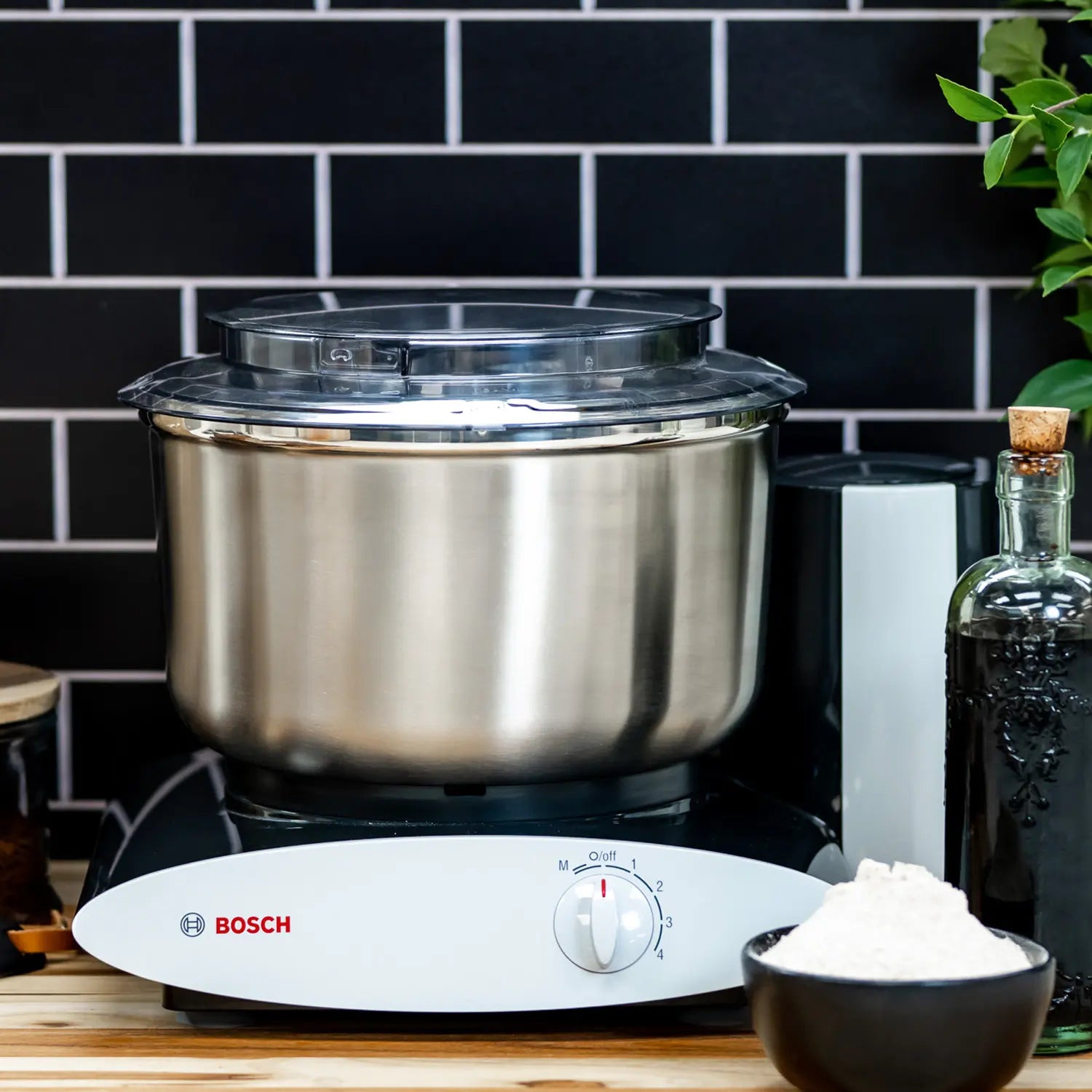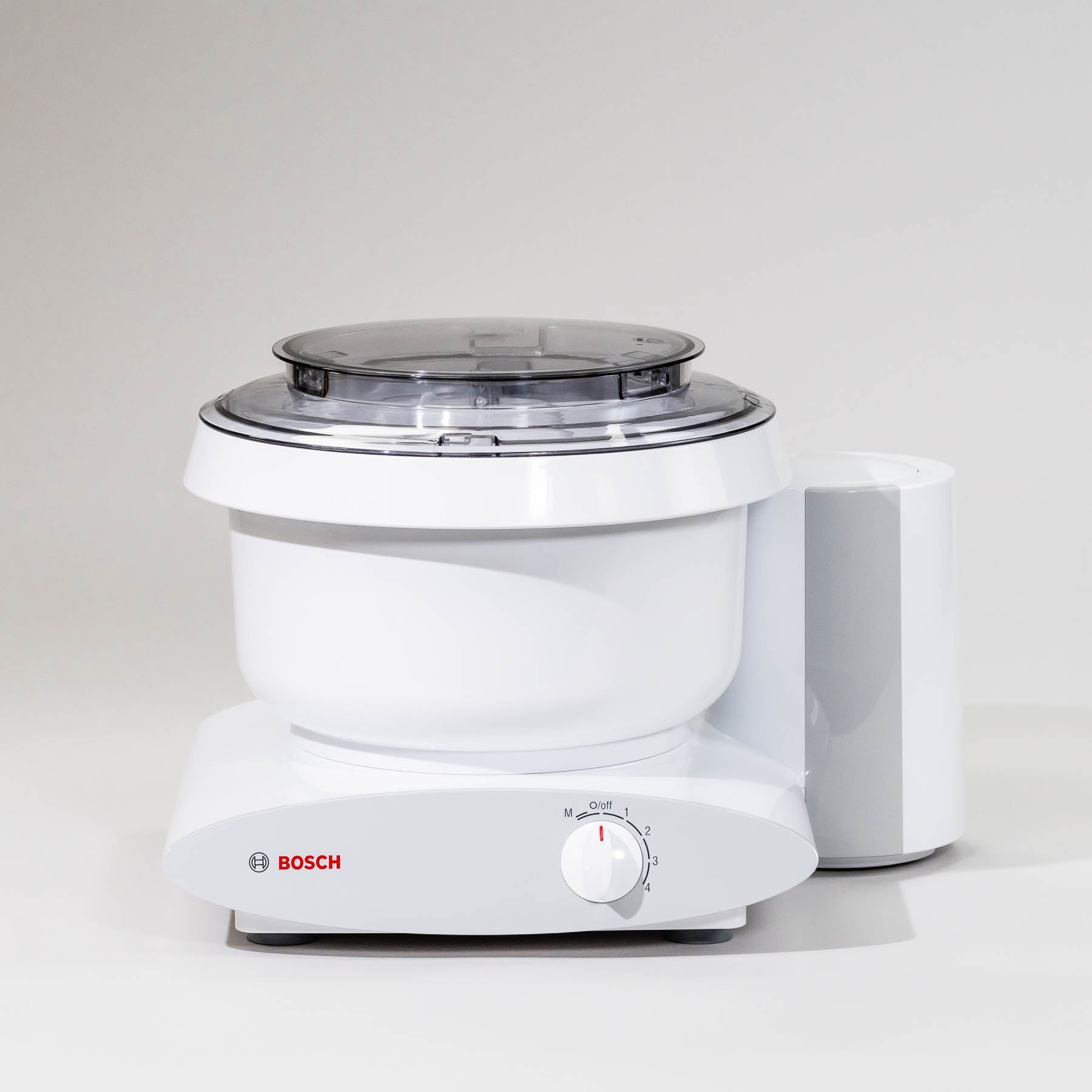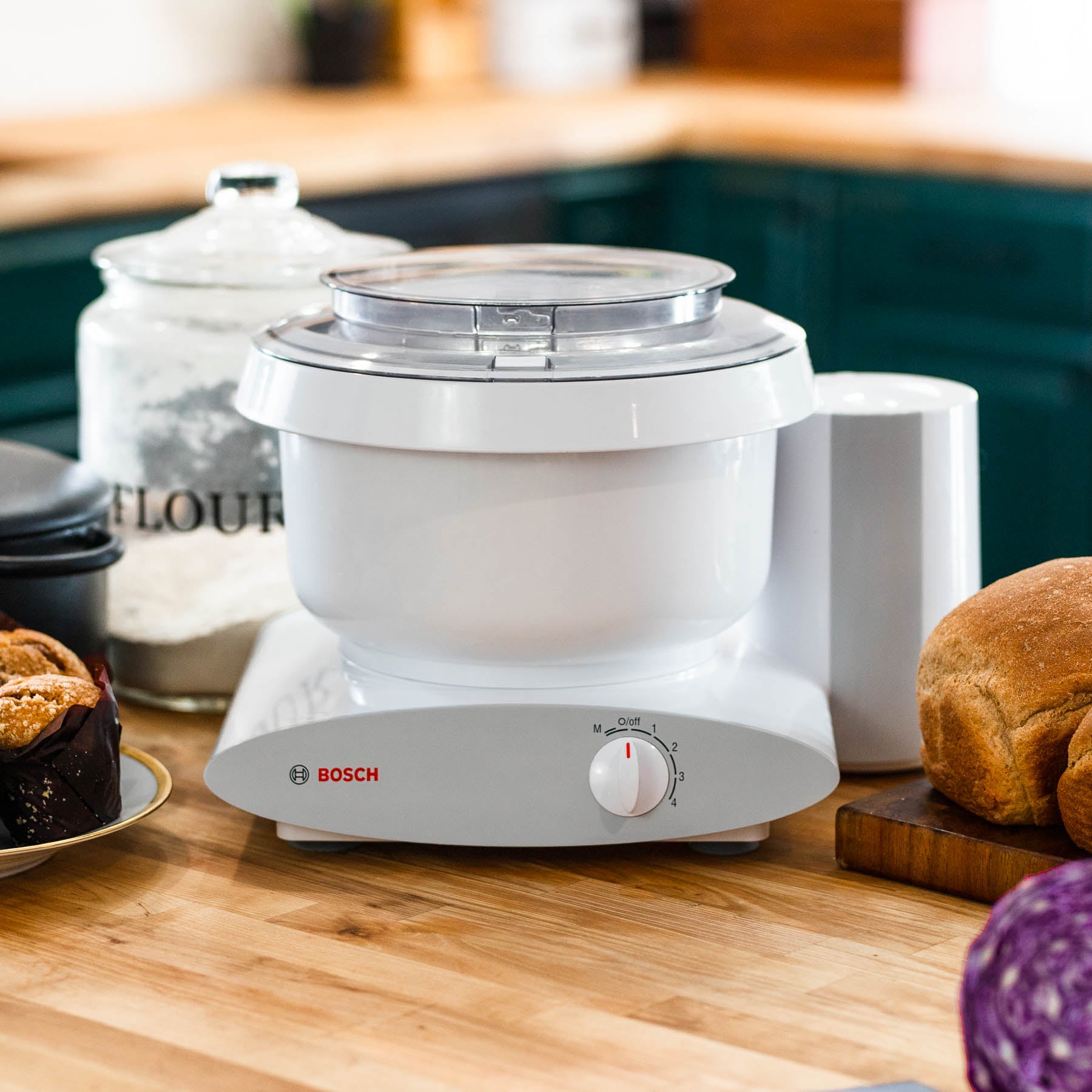Are you on the hunt for the perfect kitchen stand mixer? With so many options available on the market, it can be challenging to know which one to choose. Two of the most popular designs are the bottom drive and overhead kitchen stand mixers. In this article, we'll dive into the differences between the two and explore why a bottom drive mixer may be the better choice for your kitchen.
Understanding the Differences Between Bottom Drive and Overhead Kitchen Stand Mixers
Before we delve into the advantages of each type, it's essential to have a basic understanding of the differences in design and construction. Bottom drive mixers have the motor located at the base of the machine, and the mixing bowl snaps snugly into place. Overhead mixers have the motor located above the mixing bowl and suspended by an arm. While both types of mixers perform similar functions, there are some notable differences in the way they operate.
The Basic Design of Bottom Drive and Overhead Mixers
Bottom drive mixers feature an ergonomically designed bowl that sits on the base of the machine. The mixing hook, whisk, and paddle attachments fit snugly into the bowl and are powered by the motor's spinning action. The base is usually weighted, providing the mixer with enhanced stability and preventing it from shaking or moving while in operation.
One of the significant advantages of bottom drive mixers is their stability. The weighted base ensures that the mixer stays in place while in use, even when mixing heavy dough. Additionally, the bowl's design allows for a more thorough mix, ensuring that all ingredients are evenly combined.
Overhead mixers, on the other hand, have the motor and attachments positioned above the mixing bowl. Most models feature an adjustable arm allowing you to lower or raise the mixer head to reach the bowl's bottom. The bowl may also be tilted to enable the beaters to work more efficiently.
Key Components and Features
Both overhead and bottom-driven mixers come equipped with a range of attachments, including a dough hook, paddle, and whisk. Bottom-driven mixers usually have smaller beater blades, which allows for a more thorough mix. Bottom drive mixers come with a larger bowl capacity, which makes them ideal for larger batches of food.
Another feature to consider when choosing a mixer is the speed settings. Most mixers come with multiple speed settings, allowing you to adjust the mixer's speed to suit your needs. Additionally, some mixers come with a pulse function, which allows you to quickly mix ingredients without over-mixing them.
Space Requirements and Storage
When considering purchasing a mixer, it's vital to think about the space available in your kitchen. If you have limited counter space, a bottom drive mixer may be the better option as it takes up less space. On the other hand, if you have a spacious kitchen, an overhead mixer may be a worthwhile investment. When it comes to storage, both types of mixers can be easily stored in a kitchen cupboard or on the counter.
It's also important to consider the weight of the mixer when thinking about storage. Bottom drive mixers are usually lighter than overhead mixers. If you plan on storing your mixer in a cupboard, make sure it's sturdy enough to support the mixer's weight.
Overall, both bottom drive and overhead mixers have their advantages and disadvantages. When choosing a mixer, consider your specific needs and the types of recipes you plan on making. With the right mixer, you'll be able to create delicious meals and baked goods with ease.
Advantages of Bottom Drive Kitchen Stand Mixers
Improved Mixing Efficiency
When it comes to baking, having the right kitchen tools can make all the difference. A bottom drive kitchen stand mixer is a great investment for anyone who loves to bake. One of the biggest advantages of a bottom drive mixer is the improved mixing efficiency it provides. Because of the mixer's design, the beater blades engage with the ingredients more effectively, resulting in a more thorough mix. The powerful motor is located directly beneath the mixing bowl, providing a more efficient mixing process that minimizes the need for constant scraping and stirring. This means that you can spend less time mixing and more time enjoying your delicious baked goods.
Easier Access to Ingredients
Another advantage of a bottom drive mixer is the easier access to ingredients it provides. With a bottom drive mixer, you can quickly add ingredients to the bowl without having to lift the beaters or move the machine. This is especially beneficial when creating more complex dishes that require multiple steps and ingredients. You can easily add ingredients as you go, without interrupting the mixing process. This makes baking more efficient and enjoyable.
Enhanced Stability and Durability
Bottom drive mixers are also known for their enhanced stability and durability. The weighted base provides superior stability, which means that the mixer won't wobble or move around during the mixing process. This is especially important when mixing heavier ingredients like dough. The motor is also protected from dust, dirt, and debris that can damage the machine over time. This means that your bottom drive mixer will last longer and require less maintenance than other types of mixers.
Quieter Operation
If you've ever used an overhead mixer, you know how loud they can be. One of the biggest advantages of a bottom drive mixer is the quieter operation it provides. The motor is isolated from the mixing bowl, resulting in a more peaceful baking experience. This means that you can bake without disturbing others in your household or neighborhood. It also means that you can enjoy the sound of your favorite music or podcast while you bake.
Greater Versatility with Attachments
One of the biggest advantages of an bottom drive mixer is the range of attachments available. You can turn your mixer into a pasta maker, meat grinder, juicer, or ice cream maker with ease. This versatility means you can create a wide range of dishes and desserts without having to invest in multiple appliances.
For example, if you love making fresh pasta, you can easily attach a pasta maker to your mixer and create delicious homemade noodles in minutes. Or, if you want to make your own sausage, you can attach a meat grinder and create your own custom blend of meats and spices.
Larger Mixing Capacity
Most bottom drive mixers come with a larger bowl capacity, which is ideal for those who like to cook in large batches. This is especially useful when preparing dough for bread, pizza, or bagels, where larger batch sizes are often required.
With a larger mixing capacity, you can make more dough at once, which saves time and effort. This is particularly useful if you're baking for a crowd or if you like to meal prep for the week ahead.
Better Aeration for Light and Fluffy Mixtures
Bottom drive mixers are designed to incorporate air into mixtures, resulting in lighter and fluffier baked goods. The attachments are larger, which means they can incorporate more air into the mixture, resulting in a lighter and more delicate end product.
For example, if you're making a cake, an bottom drive mixer can whip up the batter to create a light and airy texture. This is essential for achieving a perfect rise and a tender crumb.
Familiarity and Popularity in the Market
Bottom drive mixers have been around for many decades and are considered to be a popular and traditional style of mixer. They are popular for their classic design, versatility, and range of attachments, and are often the go-to choice for professional bakers.
Using an bottom drive mixer can give you a sense of nostalgia, as it is a classic kitchen tool that has been used for generations. It is also a reliable and durable appliance that can last for many years with proper care and maintenance.
In conclusion, if you're serious about baking and want to invest in a versatile and efficient kitchen tool, an bottom drive kitchen stand mixer is definitely worth considering. With its range of attachments, larger mixing capacity, and ability to create light and fluffy mixtures, it is a must-have for any home baker.
Factors to Consider When Choosing a Kitchen Stand Mixer
Your Baking and Cooking Needs
Consider the type of food you prepare most often and what attachments you may need for your mixer. If you're an avid baker who enjoys making bread, cakes, and pastries, a bottom drive mixer may be the better choice. If you enjoy making a variety of dishes and want versatile attachments, an bottom drive mixer is also a better option.
Budget and Price Range
Mixers come in a wide variety of price ranges, so it's essential to determine how much you're willing to invest before you start your search. Bottom drive mixers are usually more affordable and offer great value for money.
Available Kitchen Space
Consider how much counter space you have available. Bottom drive mixers are generally smaller and take up less space on your countertop. However, some overhead mixers have a tilt-back feature that allows for more flexible storage.
Ease of Use and Maintenance
Consider how easy the mixer is to use and clean. Both bottom drive and overhead mixers have features that make them easy to use, such as easy-grip handles and easy-to-read controls. When it comes to cleaning, both types of mixers are straightforward to clean, with removable attachments that can be washed in the sink or dishwasher.
Final Thoughts
Choosing a kitchen stand mixer is an investment that should be taken seriously. Ultimately, the right choice for you will depend on your personal preferences, needs, and space limitations. Bottom drive mixers offer superior kneading efficiency, stability, and durability, while overhead mixers offer greater versatility and larger mixing capacities. Whatever type of mixer you choose, remember that it's an essential piece of kitchen equipment that can make baking and cooking a breeze.
